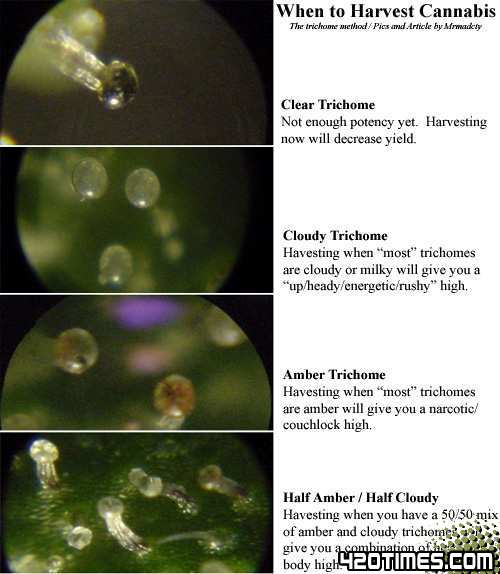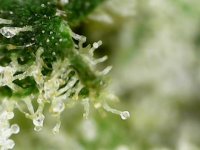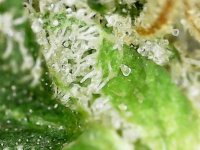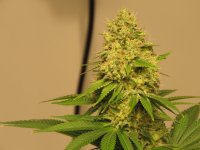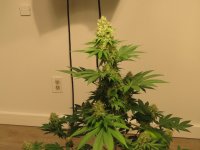Bobby Blunt
Well-Known Member
You can check to see if the trichomes are dead-heading (my term) loosing the head/bulb of the trichome, you can check for spider mites that can infest you plants in the later stages of flowering, you can't see them with your eyes but you can see their webs, yuk.



